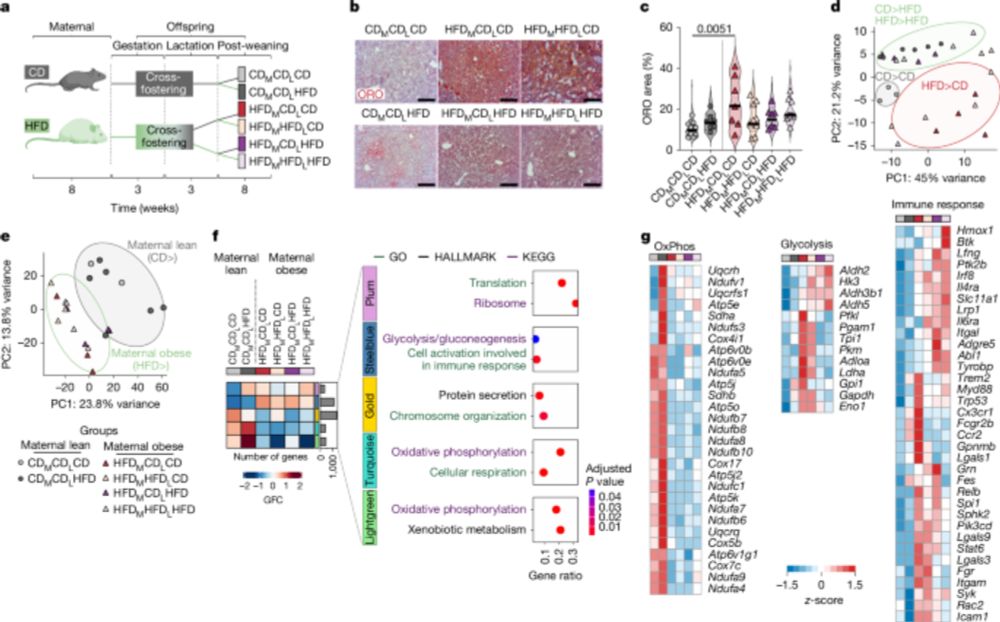Elizabeth Pyman
@elizabethpyman.bsky.social
12 followers
31 following
3 posts
Biomedical Research PhD Student, BHF funded
Imperial College London, NHLI
I'm researching epicardial adipose tissue and its link to arrhythmia
Posts
Media
Videos
Starter Packs
Reposted by Elizabeth Pyman
Reposted by Elizabeth Pyman
Lorenz Adlung Lab
@adlunglab.com
· Jun 24

Identification of conserved and tissue-restricted transcriptional profiles for lipid associated macrophages
Communications Biology - Transcriptional analysis of lipid associated macrophages across chronic inflammatory diseases and tissues reveals shared and tissue-restricted gene expression programs.
www.nature.com
Reposted by Elizabeth Pyman
Reposted by Elizabeth Pyman
Lorenz Adlung Lab
@adlunglab.com
· Apr 7

Single-nucleus mRNA-sequencing reveals dynamics of lipogenic and thermogenic adipocyte populations in murine brown adipose tissue in response to cold exposure
Brown adipose tissue (BAT) comprises a heterogeneous population of adipocytes and non-adipocyte cell types. To characterize these cellular subpopulations and their adaptation to cold, we performed single-nucleus mRNA-sequencing (snRNA-seq) on interscapular BAT from mice maintained at room temperature or exposed to acute (24h) or chronic (10 days) cold (6 degree Celsius). To investigate the role of the de novo lipogenesis (DNL)-regulating transcription factor carbohydrate response element-binding protein (ChREBP), we analyzed control and brown adipocyte-specific ChREBP knockout mice. We identified different cell populations, including seven brown adipocyte subtypes with distinct metabolic profiles. One of them highly expressed ChREBP and DNL enzymes. Notably, these lipogenic adipocytes were highly sensitive to acute cold exposure, showing a marked depletion in BAT of control mice that was compensated by other brown adipocyte subtypes maintaining DNL. Chronic cold exposure resulted in an expansion of basal brown adipocytes and adipocytes putatively derived from stromal and endothelial precursors. In ChREBP-deficient mice, lipogenic adipocytes were almost absent under all conditions, identifying the transcription factor as a key determinant of this adipocyte subtype. Pathway and cell-cell interaction analyses implicated a Wnt-ChREBP axis in the maintenance of lipogenic adipocytes, with Wnt ligands from stromal and muscle cells providing instructive cues. Our findings provide a comprehensive atlas of BAT cellular heterogeneity and reveal a critical role for ChREBP in lipogenic adipocyte identity, with implications for BAT plasticity and metabolic function.
### Competing Interest Statement
The authors have declared no competing interest.
doi.org
Reposted by Elizabeth Pyman





